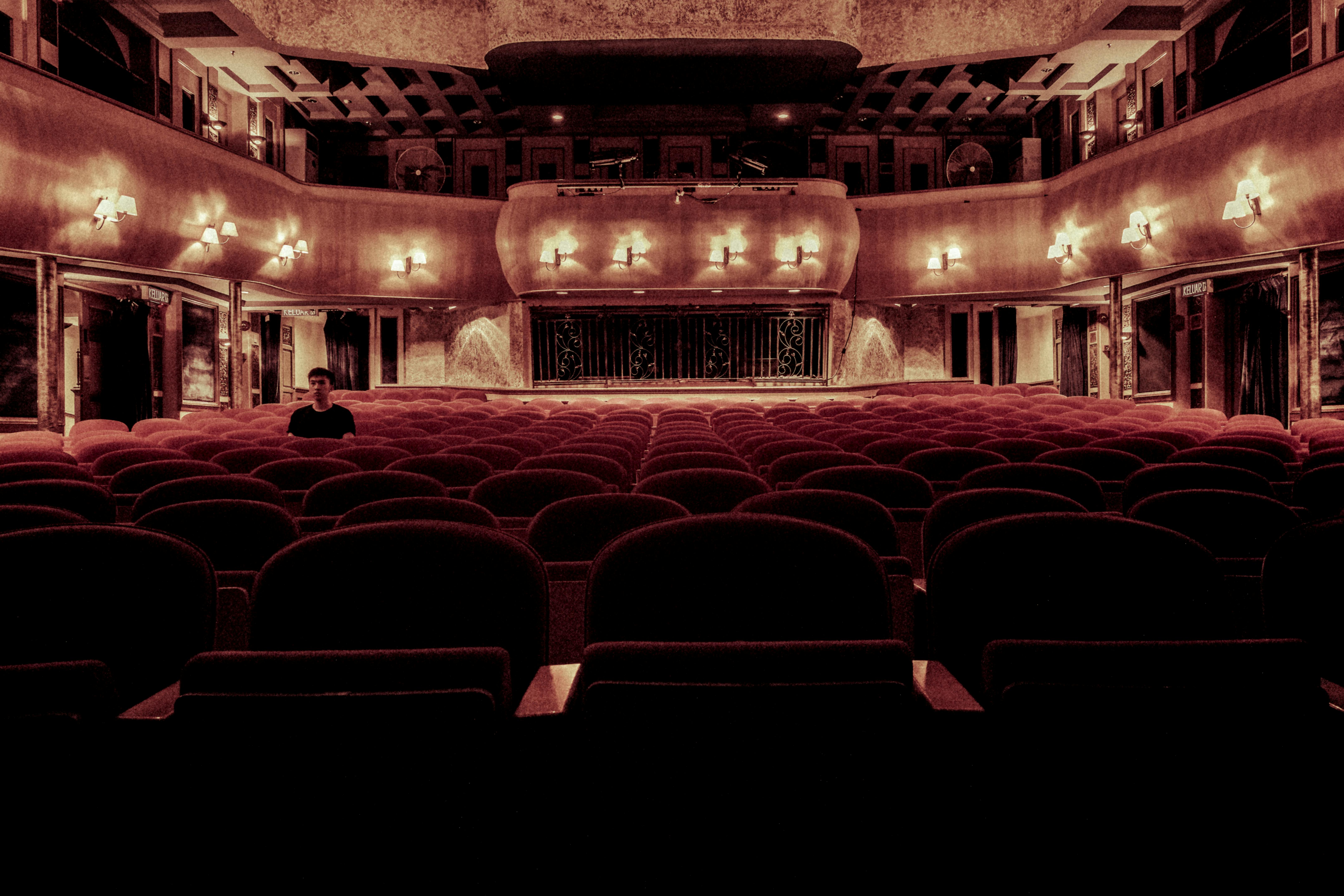Spotlight on Environmental Theatre: A Dramatic Shift in Performance Spaces
Introduction: In a world increasingly aware of its environmental footprint, a new trend is reshaping the world of theatre. Environmental Theatre, unlike traditional stages, immerses audiences within the performance itself, transforming the way we interact with art.

A New Stage: The Origins of Environmental Theatre
Environmental Theatre emerged in the late 1960s as an innovative response to the rigid confines of traditional proscenium arch theatres. Spearheaded by Richard Schechner and his experimental performance group, The Performance Group, this theatrical movement sought to blur the lines between performer and audience. The historical roots of this avant-garde movement can be traced back to the immersive spectacles of medieval pageant wagons, where audiences were surrounded by the action, and the Elizabethan stage, where spectators would stand in the “pit”, mere feet from the performers.
Breaking Boundaries: The Structure of Environmental Theatre
Environmental Theatre breaks away from the traditional theatre setup. Instead of a designated stage with an audience seated in front, the performance space can be any location - a park, a street, a warehouse, or even a body of water. The audience is no longer a passive observer but an active participant, immersed within the performance itself. This dramatic shift in space utilisation fosters a heightened sense of realism and spontaneity, allowing theatre to become a fully immersive experience.
Today’s Headlines: Environmental Theatre in the Modern World
In recent years, Environmental Theatre has gained traction worldwide. The Punchdrunk Theatre Company’s adaptation of Macbeth, “Sleep No More”, has been a runaway success in New York. With the entire building transformed into a 1930s hotel, audience members are free to explore the space, interacting with the set, props, and performers. This trend isn’t confined to theatrical productions either. The immersive experiences offered by escape rooms and virtual reality games owe much to the principles of Environmental Theatre.
Impact and Reception: The Significance of Environmental Theatre
The impact of Environmental Theatre cannot be understated. It has fundamentally altered the relationship between audience and performer, dismantling the fourth wall and inviting spectators to become part of the narrative. This immersive approach has revitalised the theatre industry, attracting new audiences and providing a fresh perspective on storytelling. Critics have praised the interactive nature of Environmental Theatre, citing its ability to engage audiences on a deeper, more personal level.
Future Directions: The Potential of Environmental Theatre
Environmental Theatre continues to push boundaries, experimenting with new forms and settings. As technology advances, there are exciting possibilities for incorporating virtual and augmented reality into performances. The future of Environmental Theatre is as expansive as the spaces it inhabits, promising a continually evolving landscape of immersive experiences.
In conclusion, Environmental Theatre is a groundbreaking development in the world of performing arts. By challenging traditional conventions and embracing audience participation, it offers a fresh, engaging take on theatrical performances. As we continue to explore and expand upon this innovative concept, one thing is certain – Environmental Theatre has forever changed the stage on which we perform.




